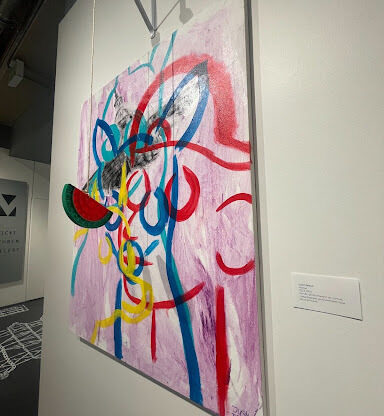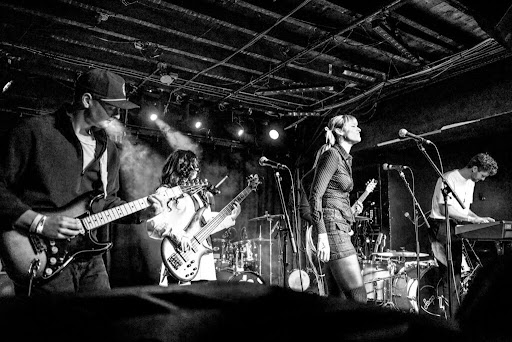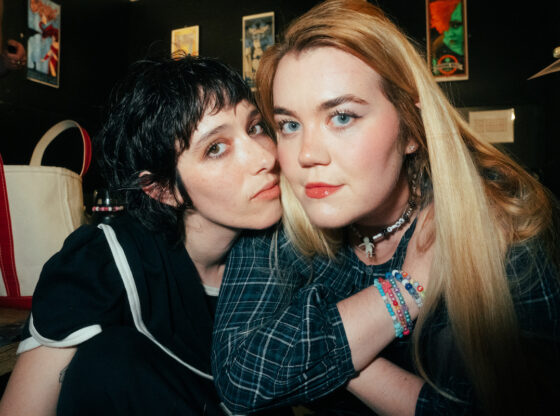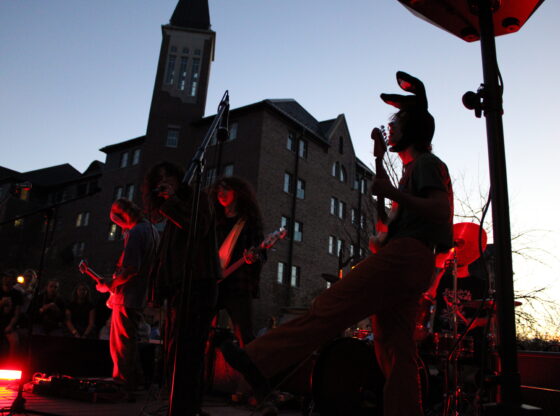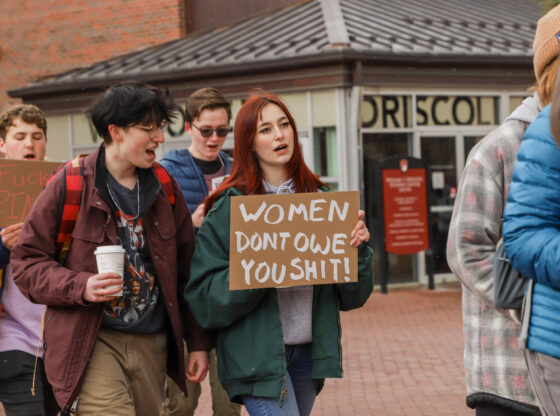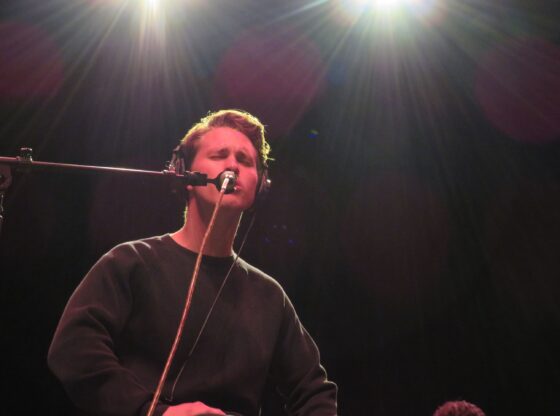After Travis Scott’s Astroworld festival in Houston, Texas on Nov. 5, nine people were pronounced dead and at least 300 others were injured. The horrific scene that ensued at the concert venue is an unfortunately familiar story. The adrenaline-rich environment at live music events has been a cause for alarm, as concert violence has an extensive history.
While the issue can, in some cases, lie within audience members themselves, concert settings are oftentimes abused as a means of mass harm. Essentially, concert-goers are constantly being placed in scenarios beyond their own control, and the result can be deadly.
Dec. 3, 1979: The Who
As fans rushed into Cincinnati’s Riverfront Coliseum to see The Who, many were injured in a trampling incident and 11 people were killed. Similar to Travis Scott’s Astroworld, there was a lack of control over the crowd and fans were entering the venue without any sense of organization.
June 30, 2000: Pearl Jam
When a mosh pit began to form at a Pearl Jam concert, eight teenagers were suffocated and died on the scene. When the events unfolded, the members of Pearl Jam stopped the show and asked the audience to take three large steps back.
The band pleaded to the audience to switch their focus from music to humanity and help in any way they could. “Imagine that I am your friend and that you must step back so as not to hurt me,” said Pearl Jam singer Eddie Vedder, according to the original Rolling Stone news break.
May 23, 2009: Abdelaziz Stati
On the final night of the nine-day Moroccan festival “Mawazine”, 11 people were crushed to death in an attempt to exit the venue. Event police closed several exits and ushered the crowds out of small side-doors, prompting a mass movement of audience members climbing over fences. When one barrier collapsed, many were severely injured, some losing their lives.
May 22, 2017: Ariana Grande
During her European leg of her Dangerous Woman Tour in Manchester, UK, Ariana Grande left the stage just before chaos broke loose. A suicide bomber who was in the crowd detonated a homemade bomb, initially killing 23 people. Over 1,000 fans were injured, many of whom were children. The singer later hosted a multi-million dollar fundraising event and Manchester underwent extensive security changes for all large-scale events.
While significant safety measures are put into place at most events, the nature of live music has a tragic history of inciting a place of violence. Many of these instances occur from within, such as the crowd crushing at the Pearl Jam concert and the recent devastation of Travis Scott’s Astroworld.
In these examples and plenty of others, artists have limited control over how their events are handled. Unlike Travis Scott, many performers choose to address these issues while on stage, ensuring safety above all else. The reason an event reaches a certain level of concern, however, is circumstantial among concert staff. Despite the world’s tragic experience with concert violence, crowds are urged to remember that a setlist is not worth a life.




